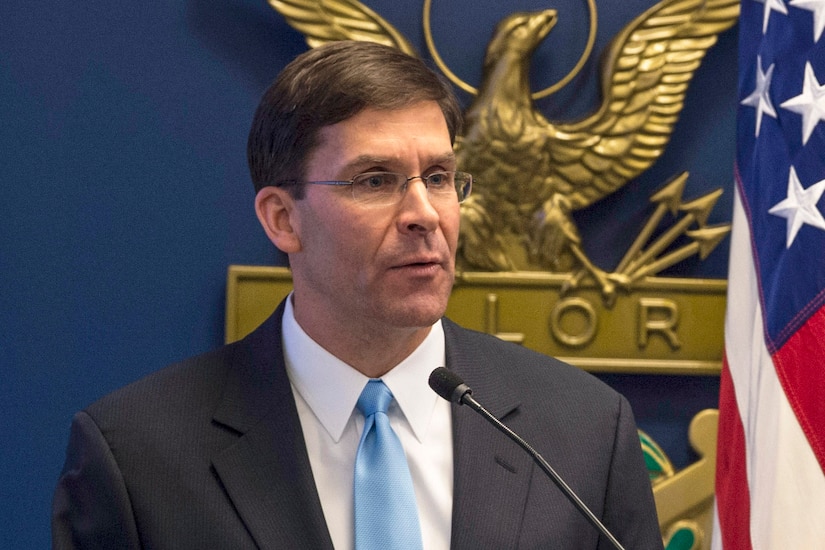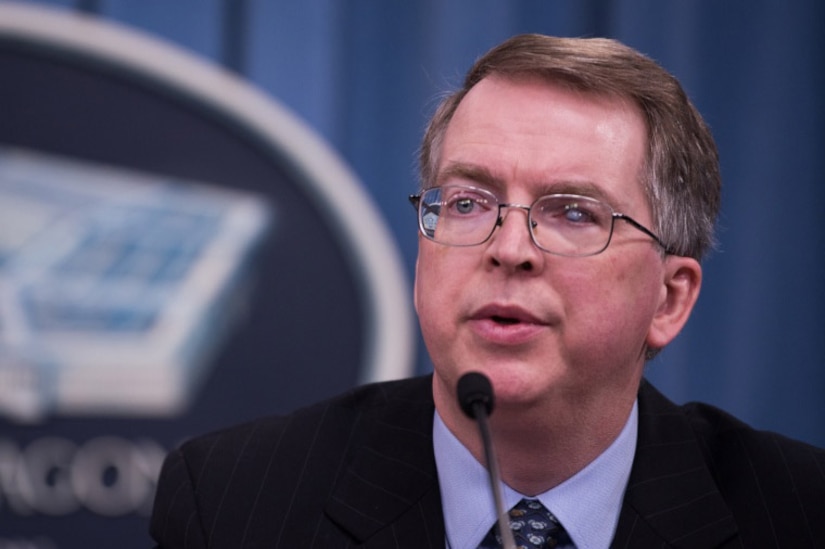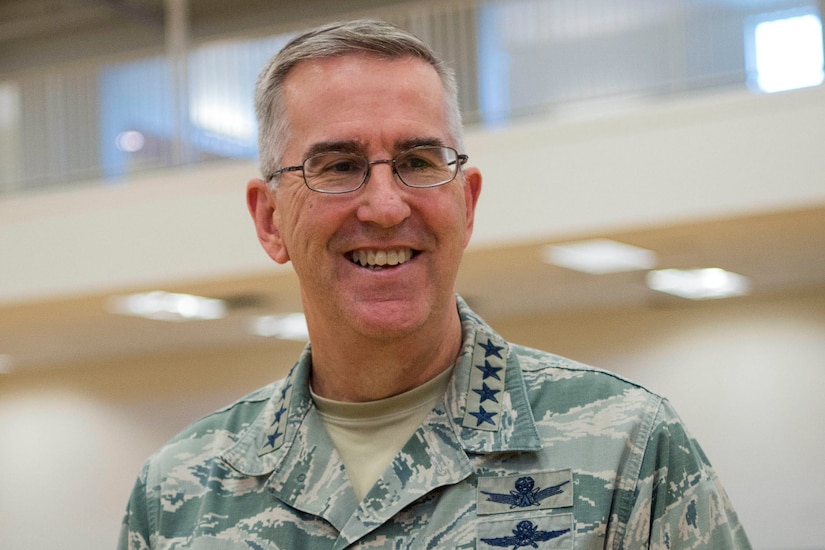An interview with Dr. Bob Wachter of the University of California, San Francisco
 | | A pedestrian walked through a nearly empty Union Square in San Francisco on Sunday.Jeff Chiu/Associated Press |
|
(Here’s the sign-up, if you don’t already get California Today delivered to your inbox.) |
Believe it or not, it’s April. |
In California, we’ve been staying home for weeks now, and although experts have said — cautiously — that distancing efforts appear to be making a difference, measuring that progress is complex. |
Each day, state, local and federal officials and agencies unleash floods of new data that seem to clarify some parts of the picture while complicating others. |
Dr. Bob Wachter, a professor and chair of the University of California, San Francisco’s department of medicine, has been posting updates on Twitter explaining what he’s seeing day by day. |
Here’s our conversation, lightly edited and condensed: |
How are you doing? Things must be hectic. |
I’m mostly working out of my house. It’s got a kind of odd “Wizard of Oz” feel — trying to understand what’s going on and making a whole bunch of decisions. |
And we have this layer of having prepared for the apocalypse, but we haven’t seen it here, which we’re of course grateful for. |
You’ve mentioned that may be a signal that the early orders to stay home in California are helping keep hospitals from being hit as hard here. Meanwhile, testing is less available. So are confirmed case numbers still useful? |
Yes, they are useful, but you have to adjust them for two factors. |
One is the prevalence of testing in a community. But even though there’s more testing, the increase in New York compared to California is so many orders of magnitude higher that it doesn’t account for the difference. |
The second is overall population. |
If you adjust for those things, what I’m looking at is the overall increase — particularly the day-over-day increase. |
The number of new cases diagnosed today in San Francisco is about two-thirds of what it was four or five days ago, which means the slope of the increase is lower than it was, which, to me, is reasonably good evidence of some flattening of the curve. |
If this thing was expanding in the way epidemics do when they’re not being mitigated or addressed, the growth is exponential. |
What about hospitalizations? What are you looking at there? |
My hospital made that number public early on and I think that was an incredibly smart decision, because data are better than what replaces data, which is rumors and speculation. |
I don’t pay that much attention to the number of patients under investigation — people who come in with Covid-19 symptoms. Most will turn out not to have Covid-19. A lot who come in will have pneumonia. On average, one out of 20 will be positive. |
The number of confirmed cases we have at any given time has gone up slightly from between eight and 10 last week, to now 13 to 15. But if we’re seeing 14 confirmed cases and a comparable hospital in New York has 150 to 200 cases, there’s something going on. |
A number that has shifted for us in the last several days is that about a week ago, if there were 10 Covid-19 patients at U.C.S.F., eight might have been on the main floor of the hospital while two were in intensive care. That ratio has flipped. Today, we have 14 total and nine in the I.C.U. |
I suspect that has a couple of factors associated with that. Once people are sick enough to be on a mechanical ventilator, many will die. Those who live will spend several weeks on a ventilator. Floor patients can come in and leave more quickly. |
The second factor is that these patients can get very sick very quickly, so if your I.C.U. is packed, your threshold for sending someone there is very high, and we’re not getting crushed in the same way. |
Today, for example, of our nine people in the I.C.U. five are intubated and on mechanical ventilation and four are not, so our I.C.U. number might not be totally comparable with a hospital experiencing a surge — they’d still be watching those patients on the floor. |
 | | Tents outside of the University of California, San Francisco, hospital on March 15.Jeff Chiu/Associated Press |
|
Can you talk to me about how you’re looking at hospital capacity in relation to cases? The state is scrambling to add and staff up a lot of hospital space, but what are you keeping an eye on to try to gauge if it will be enough? |
It’s complicated and it’s fluid. |
A hospital like ours, a month ago, was packed every day. In the main adult hospital we have about 550 beds and if you asked, we would’ve said we have zero capacity for new patients. |
But once it became clear that the coronavirus could come to the U.S. and be pretty dire, we dialed down using all the levers we had. That meant the cancellation of any surgery that wasn’t an absolute emergency. |
What about testing? That’s been a concern. Is there a number of tests being administered per day that would be adequate? |
The way I think about it is this: There are two reasons one tests. One is for your own clinical needs, meaning people are coming to your emergency room, calling into clinics, who might have symptoms or health care workers who might have symptoms. Now we’re even beginning to test asymptomatic patients who are going into transplant surgery or others. |
We’re now able to do 300 to 400 tests a day, and that’s enough to meet those clinical needs. |
That’s entirely separate from testing for epidemiological or surveillance purposes. As everybody’s curves start getting better, how do you decide when to open the world back up? You really need to know the prevalence of illness in the community. |
If someone has mild symptoms, there’s nothing we would do about it. There’s no treatment — we’d just tell them to go home. That’s the right call clinically, but from an epidemiological stance we need to know where there are still embers active in the community. |
It really does influence our overall infection-control strategy. |
Let’s talk about the latter, epidemiological testing. I know there’s no magic number, but is there any level of testing that might make it safe to start thinking about lifting some restrictions? |
Everything we do here is a risk-benefit equation — of keeping everybody inside and shutting down the economy, and loosening restrictions. |
It’s not a problem we’re confronting now. But sometime in May, that will probably be the dominant issue. |
Ironically, in places where the virus is surging, it gets terrible abruptly and then it gets better quickly. In places where you’re flattening the curve, it may take longer until you’re down pretty low. |
Jill Cowan grew up in Orange County, graduated from U.C. Berkeley and has reported all over the state, including the Bay Area, Bakersfield and Los Angeles — but she always wants to see more. Follow along here or on Twitter, @jillcowan. |
California Today is edited by Julie Bloom, who grew up in Los Angeles and graduated from U.C. Berkeley. |



















